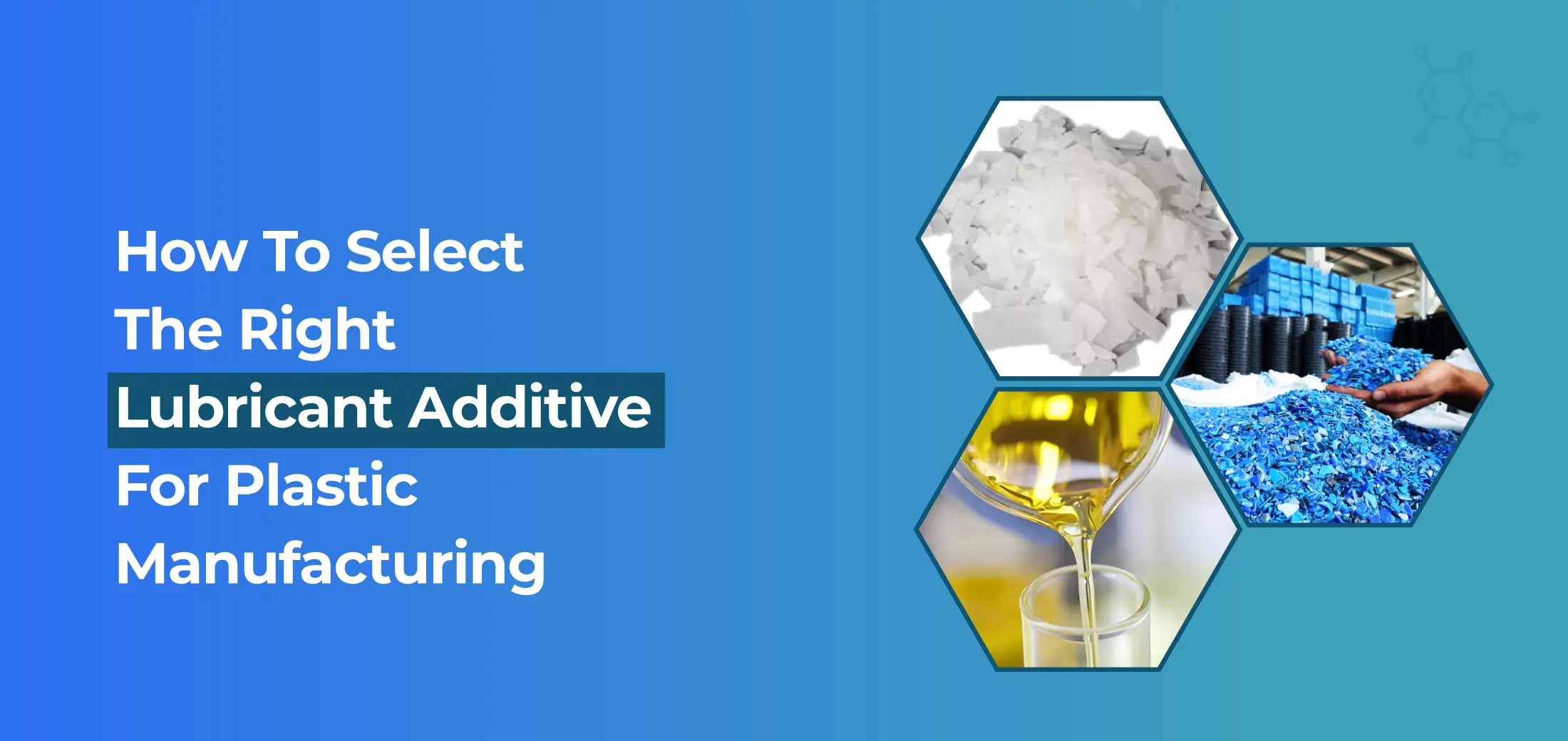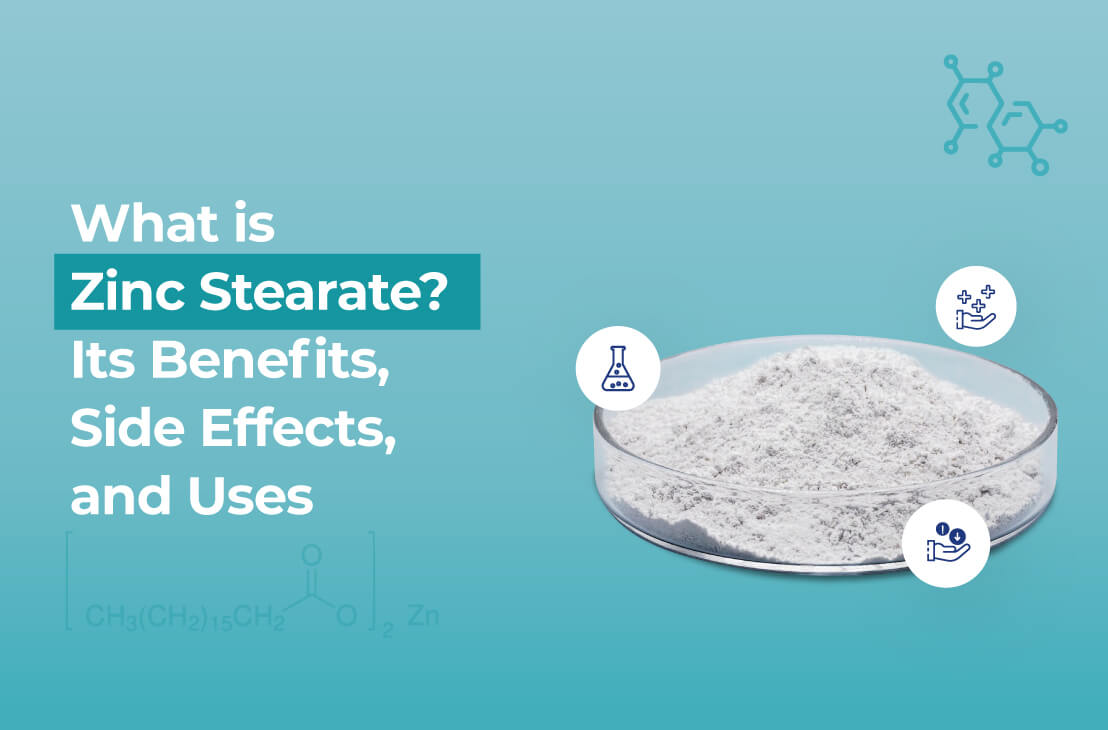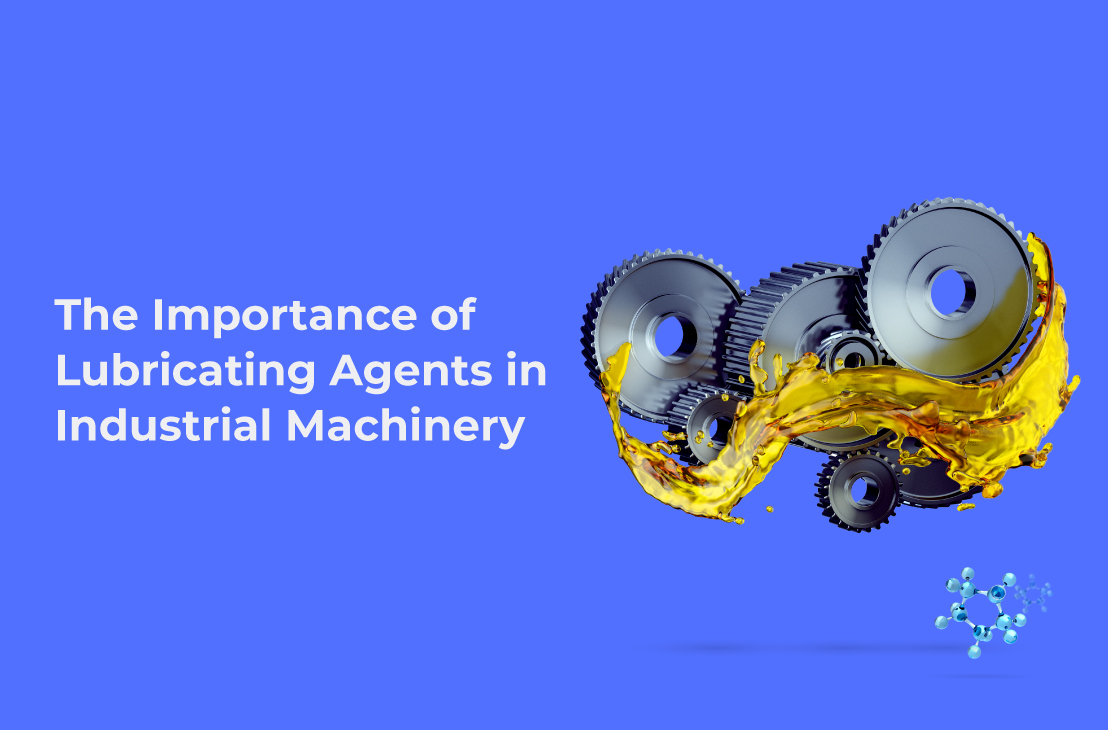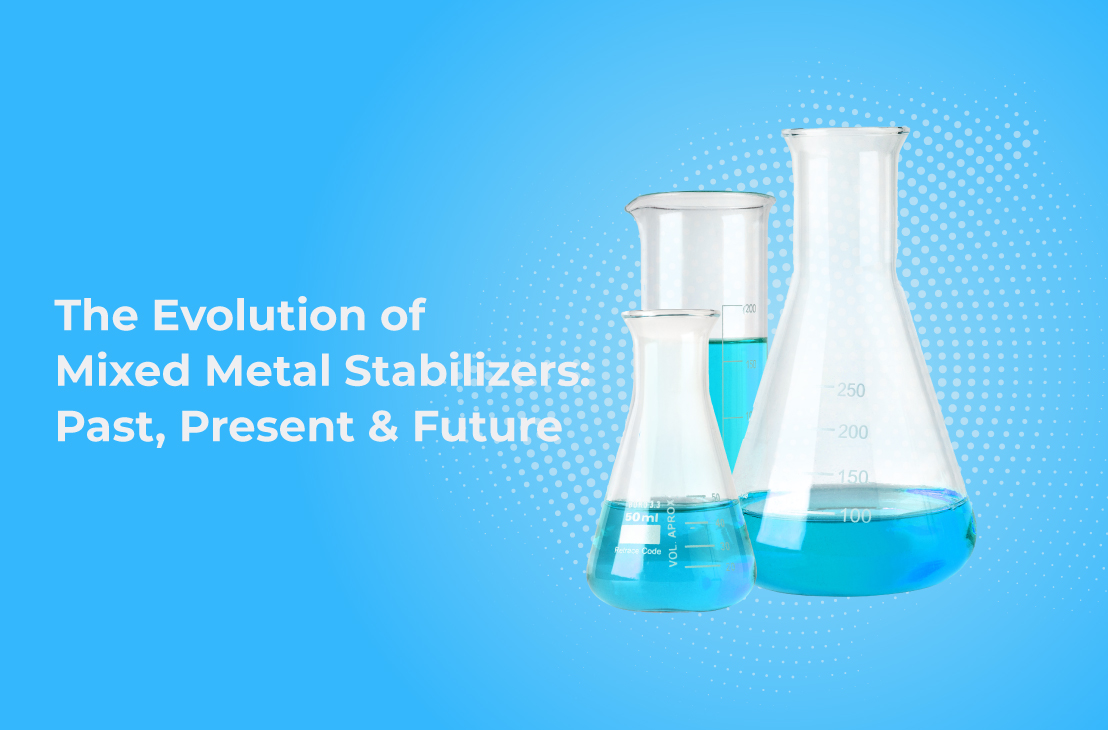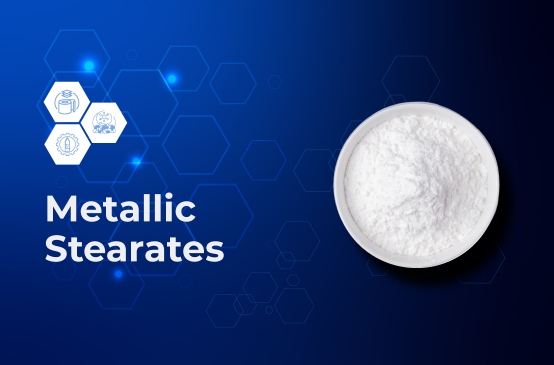Plastic manufacturing has emerged as a competitive and high-output industry, where efficiency and product quality are non-negotiable. The quality of lubricant additives plays a critical role in determining these outcomes. When it comes to improving the flow of polymer, reducing the build-up of dye, or preventing surface defects, manufacturers must choose the right additive. It has a direct impact on the processing performance and operational costs.
Manufacturers across different sectors, including automotive, packaging, wire and cable, and medical plastics, largely depend on tailored lubrication strategies to meet the increasingly demanding application standards. This is where experience matters.
With a legacy spanning over 35 years, Nimbasia Stabilizer supplies high-performance lubricant additives as a part of its Nimlub product line. These products are engineered for modern plastic processing environments. Backed by in-house R&D and strict quality standards, the company collaborates with plastic manufacturers looking to enhance the reliability of their process and maintain global compliance.
Different Types of Lubricants Used in Plastics
Lubricants are indispensable in plastic processing. However, their exact function significantly varies, depending on factors like:
- Formulation
- Machinery
- End-use applications
Broadly categorizing, lubricants for plastic manufacturing are of three types, based on how they interact with polymers and equipment.
-
Internal Lubricants
Internal lubricants are designed to work within the polymer melt. They reduce internal friction, enhance flow characteristics, and improve thermal stability without migrating to the surface. Internal lubricants:
- Optimize melt flow during extrusion or molding
- Minimize shear heat and degradation risks
Examples : Calcium stearate and Zinc stearate.
-
External Lubricants
External lubricants are additives that remain on the surface of the polymer. They are responsible for reducing the interaction between the material and metal surfaces like dies, screws, and molds. These lubricants play a crucial role in plastic manufacturing as they help in achieving a clean release, and smooth surfaces, besides reducing wear and tear in the equipment.
External lubricants:
- Prevent sticking and equipment buildup
- Support cleaner demolding and surface aesthetics
Examples : Paraffin waxes, fatty acid amides, and ester waxes.
-
Combination Lubricants
Some complex formulations and high-speed processing lines need combination lubricants. These agents provide dual benefits, balancing internal flow control with external release performance.
Combination lubricants:
- Are ideal for co-extrusion or multi-layer applications
- Reduce processing time while maintaining product integrity
For plastic manufacturers, it's crucial to understand the appropriate class of lubricant. With the right approach, they can ensure better compatibility with different types of polymers, improving product times, and posting fewer challenges during processing. With the right approach, manufacturers can maintain consistency and reduce downtime.
Key Factors to Consider While Selecting Lubricant Additives
It's not just about chemistry that manufacturers must understand while selecting the right lubricant additive. Other aspects like performance, compatibility, and compliance are also to be taken into consideration. Therefore, manufacturers must evaluate different factors to ensure reliable processing and the quality of the end product.
Here are the key factors plastic manufacturers must consider while choosing lubricant additives.
-
Type of Polymer Being Processed
Each lubricant interacts in a different way with each polymer. Therefore, compatibility is the key. For example:
- PVC often benefits from metallic stearates like calcium and zinc stearates.
- Polyethylene (PE) and Polypropylene (PP) require amide or ester-based lubricants for slip and antiblock performance.
- Sensitive polymers like ABS may need low-migration options to maintain the clarity and stability of their color.
-
Processing Conditions
The choice of additive directly depends on the method of processing. It can be extrusion, injection molding, or calendaring.
- High-temperature processes require thermally stable additives that won't degrade.
- Lubricants with high migration may cause buildup in tooling during continuous runs.
-
Final Application Requirements
The end-use determines regulatory compliance and performance standards.
- Food-grade and medical-grade plastics must meet FDA, REACH, or USP standards.
- Automotive or electrical applications demand thermal resistance and long-term stability.
-
Desired Processing Benefits
The right lubricant reduces friction and energy use while enhancing efficiency.
- Lower torque on machinery.
- Smoother surface finish.
- Superior pigment dispersion.
-
Cost-Performance Balance
An effective lubricant should perform at lower dosages without compromising output. Manufacturers must look out for consistency across batches and source the agents from experienced suppliers like Nimbasia Stabilizer to sustain their supply chains.
Common Lubricant Additives in Plastic Manufacturing
Processing plastic often calls for a careful balance of flow control, mold release, and surface finish. Here are some of the most extensively used lubricant additives. Each of these offers specific advantages based on their application and type of polymer.
-
Calcium Stearate
Calcium stearate is a versatile additive that works both internally and externally in PVC systems. It stabilizes melt flow, reduces friction, and prevents sticking to metal surfaces during processing.
-
Zinc Stearate
Known for its excellent mold release and lubricity, zinc stearate is extensively used in injection molding and extrusion to reduce wear and provide clean surface finishes.
-
Magnesium Stearate
Magnesium stearate is commonly used in specialty engineering plastics where thermal stability and precise flow control are essential. It's also a valuable ingredient in pharmaceutical-grade polymer applications.
-
Amide Waxes
Ideal for polyolefins and film applications, amide waxes enhance slip properties and improve the ability to get processed during high-speed extrusion.
-
Ester Waxes
Ester waxes provide outstanding slip and anti-blocking benefits, particularly in transparent or flexible packaging films.
-
Metallic Stearate Blends
Nimbasia Stabilizer has also come up with some of its proprietary blends that are engineered to offer polymer-specific performance. Products under the Nimlub series combine flow, stability, and thermal efficiency across a wide range of plastic systems.
Regulatory and Compliance Considerations
In plastic manufacturing, regulatory compliance is essential. Therefore, plastic manufacturers must source agents from trusted suppliers like Nimbasia Stabilizer that:
- Adhere to REACH (EU) and RoHS directives for environmental safety
- Use FDA-compliant additives that are mandatory for direct food-contact or pharmaceutical packaging
Nimbasia Stabilizer operates under stringent protocols backed by:
- ISO 9001:2015 (Quality Management)
- ISO 14001:2015 (Environmental Management)
- Product-specific documentation for REACH, FDA, and custom regulatory needs
These certifications demonstrate Nimbasia's commitment to safe and compliant chemical additive production.
Partner with Nimbasia Stabilizer to Optimize Your Plastic Formulations
As a plastic manufacturer, choosing the right lubricant additive is critical for production. The wrong choice can lead to quality issues, inefficiencies in the process, and costly downtime.
Nimbasia Stabilizer brings over 35 years of expertise to producing lubricant additives, ensuring regulatory compliance. Connect with our team to discuss your formulation requirements or request a product sample.



